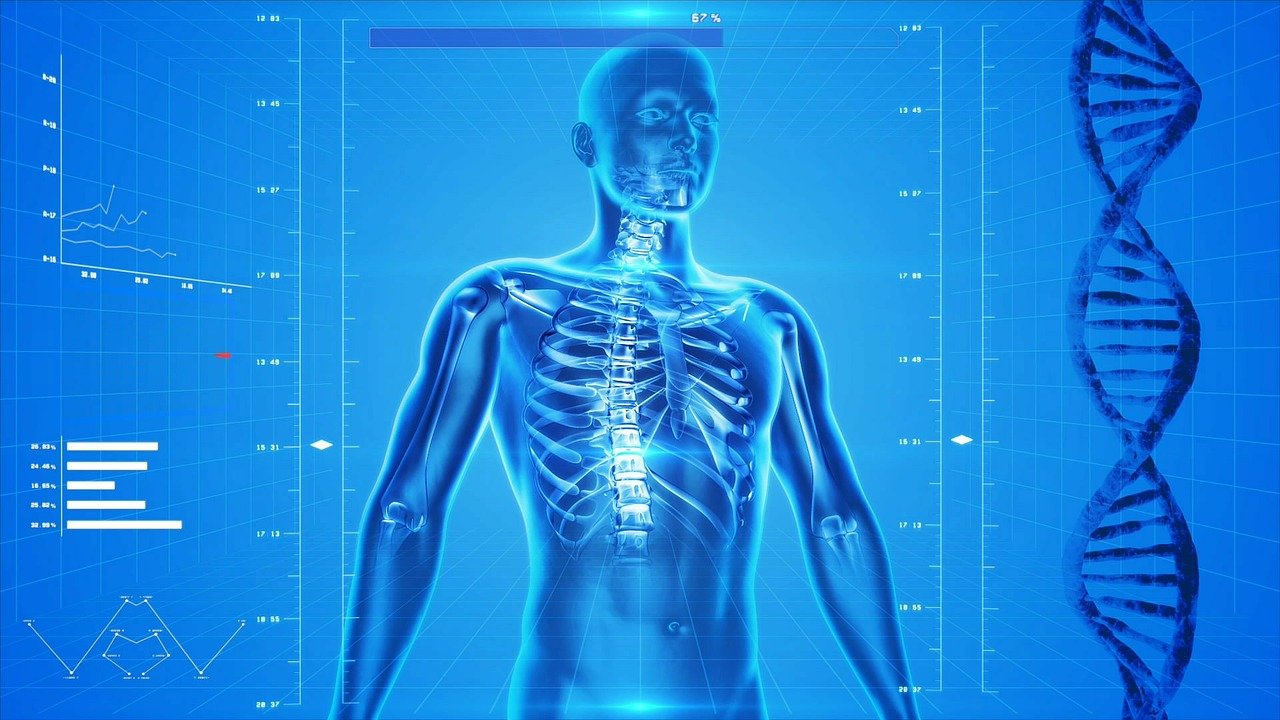The Next Step in Health Care
 Data storage, sensors, flexible circuit technology, 5G, Bluetooth, 3-D printing, and battery advancements are just some of the growing innovations used in healthcare.
Data storage, sensors, flexible circuit technology, 5G, Bluetooth, 3-D printing, and battery advancements are just some of the growing innovations used in healthcare.
This growth is fueled by consumer needs and advances in tech to make healthcare more accessible—which means putting the industry directly into consumers’ hands. Thanks to healthcare IT innovations, we can access our medical records online and take part in telemedicine appointments that have been crucial during the COVID-19 pandemic.
"We can 3-D print parts that are specific to our face or our fingers, or our body. The battery technology advancements are also happening where smaller and smaller batteries work across a large temperature range and also hold a charge for a very long time," Sandhiprakash Bhide said at his presentation during Virtual Engineering Week.
At-home healthcare technology could consist of a throat scope with a light, a camera, and Wi-Fi that could send the images to a physician for a diagnosis. Consumer products, such as Google contact lenses that measure glucose levels and a shake-stabilized spoon for Parkinson’s patients, have also opened possibilities for customized, at-home health care solutions.
With the proliferation of the internet of things (IoT), physicians can actively participate in at-home care. Using devices, they can remotely monitor their patients’ vitals, collect data on blood pressure, and so on. The development could have implications for the entire structure of the industry.
Medical device innovations don't stop there. Companies are currently looking into sensing devices for COVID-19. This could be a device that can sample the air around you or use a breathalyzer with rapid results, breakthroughs that would help remove current testing expenditures.
It's obvious that technology can and has already improved the healthcare industry. That includes artificial intelligence. AI not only assists people with physical disabilities and health problems but is also helping people struggling with learning problems and mental health issues. Apps like Voiceitt, accessiBe, and Livio Al were developed to help people with disabilities, short-term or long-term.
All of this progress is exciting for science aficionados and those who eagerly await the latest innovations, but its real purpose comes down to this: People’s lives are improving because of it.


